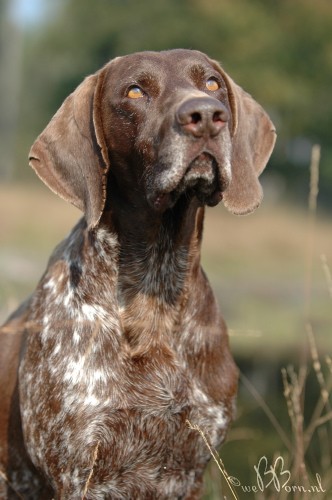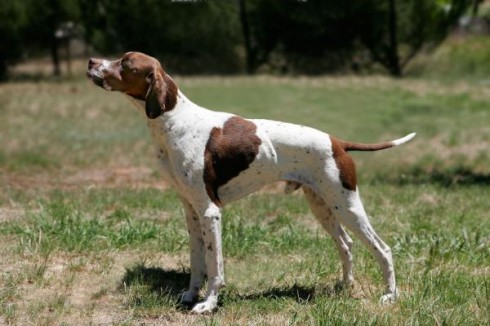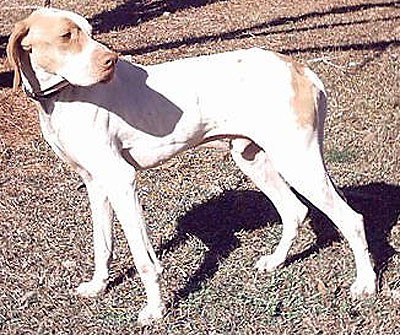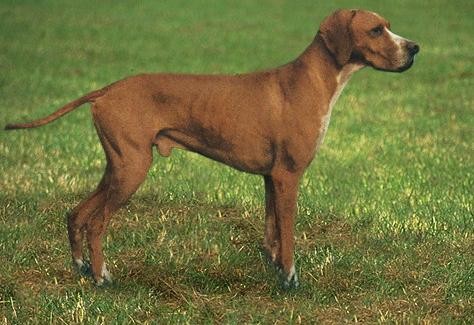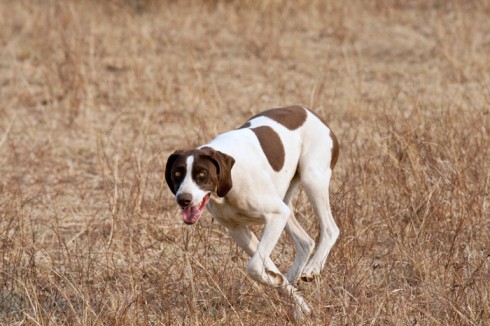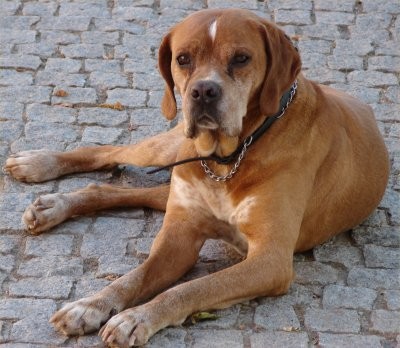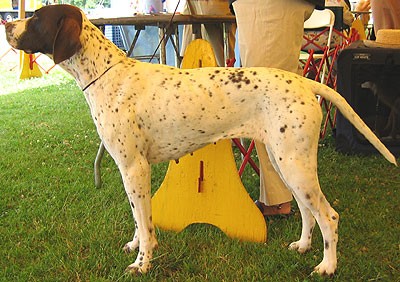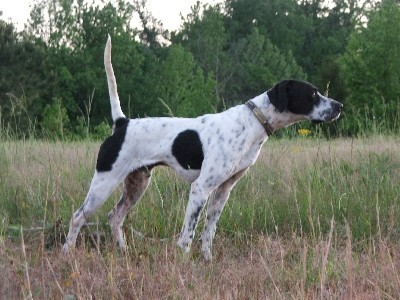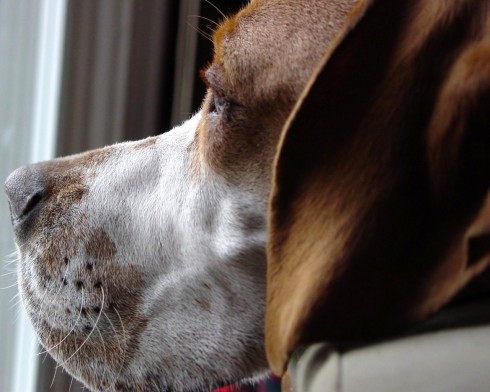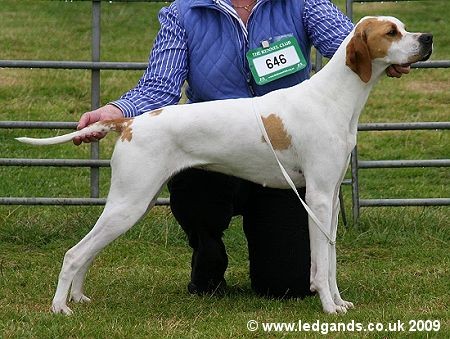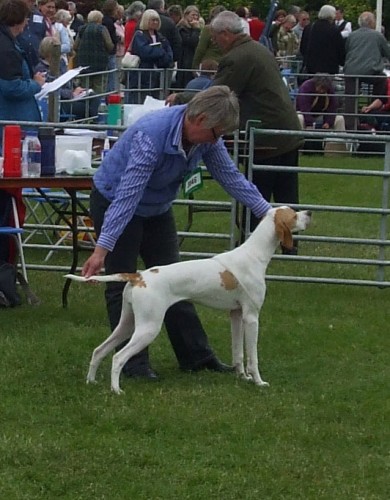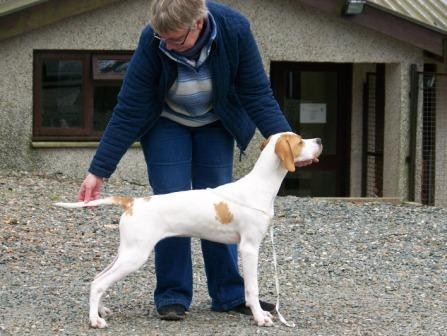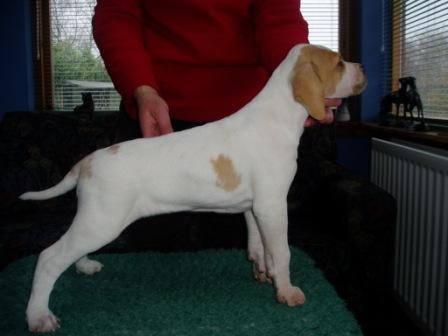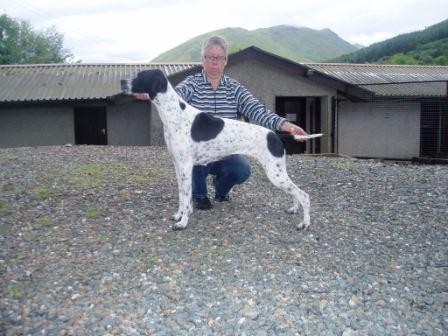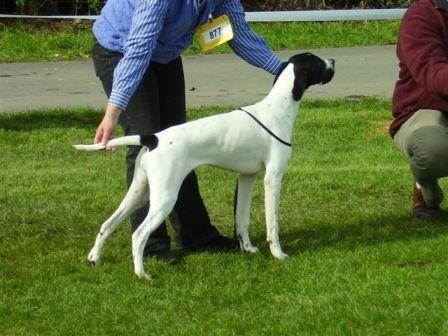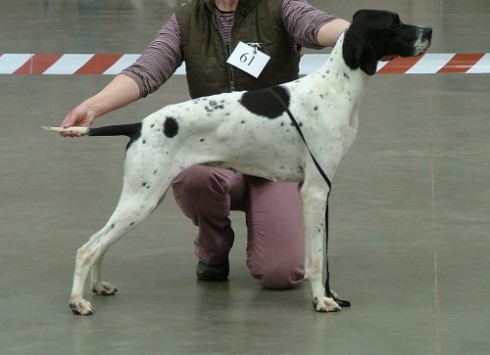Main Index
In Store
Our Web Store
Miniature Schnauzer Picture Gallery
Latest Dog Blogs
- What Are The Basic Commands To Train A Dog?
- PaySafe As The Most Popular Type Of Deposit
- Everything You Need To Know About Pet Sales
- Dogs Contribute To Our Physical And Mental Well Being
- How To Choose Where To Bet On Greyhounds In 2022
- Volunteer With Animals - How To Help Dogs Around The World
- Basic Understanding Of The House Edge
- Why You Should Get A Dog
- Top 20 Popular Dog Names Around The World
- Constipation in Dogs and How to Find Solutions
Pointer
The Pointer knows how to do his job and takes pride in doing it well. His short, smooth coat shows off his handsome outline. He is sleek, muscular, and ready for action. The Pointer is an independent dog who likes to compete. His concentration is intense. He has strength, courage, and great dignity, but he is also a sweet companion and gentle with children.
Did you know?
The first Pointers appeared in England about 1650.
The Pointer was the first dog used to stand game.
Pointers seem to acquire the hunting instinct at around 2 months of age.
So you want to own a Pointer?
The Pointer is gentle with children which makes him a wonderful family dog.
Because the Pointer requires a lot of exercise, it is not a breed recommended for a small city apartment.
The Pointer's coat is easy to take care of, just a couple of minutes of grooming a day will give it a healthy shine.
Indicative Breed Standard
General Appearance
Symmetrical and well built all over, general outline a series of graceful curves. A strong but lissom appearance.
Characteristics
Aristocratic. Alert with appearance of strength, endurance and speed.
Temperament
Kind, even disposition.
Head and Skull
Skull of medium breadth, in proportion to length of foreface, stop well defined, pronounced occipital bone. Nose and eye rims dark, but may be lighter in the case of a lemon and white coloured dog. Nostrils wide, soft and moist. Muzzle somewhat concave, ending on level with nostrils, giving a slightly dish-faced appearance. Slight depression under eyes, cheek bones not prominent, well developed soft lip.
Eyes
Same distance from occiput as from nostrils, bright and kindly in expression. Either hazel or brown according to colour of coat. Neither bold nor staring, not looking down the nose.
Ears
Leathers thin, set on fairly high, lying close to head, of medium length, slightly pointed at tips.
Mouth
Jaws strong, with perfect, regular and complete scissor bite, i.e. upper teeth closely overlapping lower teeth and set square to the jaws.
Neck
Long, muscular, slightly arched, springing cleanly from shoulders and free from throatiness.
Forequarters
Shoulders long, sloping and well laid back. Chest just wide enough for plenty of heart room. Brisket well let down, to level with elbows. Forelegs straight and firm, with good oval bone, with back sinews strong and visible. Knee joint flat with front leg and protruding very little on inside. Pasterns lengthy, strong and resilient. Slightly sloping.
Body
Well sprung ribs carried well back gradually falling away at strong muscular and slightly arched loins. Short-coupled. Haunch bones well spaced and prominent, not above level of back.
Hindquarters
Very muscular. Well turned stifles. Good expanse of first and second thigh. Hocks well let down.
Feet
Oval, well knit, arched toes, well cushioned.
Tail
Medium length, thick at root, tapering gradually to a point. Well covered with close hair, carried on a level with back, with no upward curl. In movement, tail should lash from side to side.
Gait/Movement
Smooth, covering plenty of ground. Driving hind action, elbows neither in nor out. Definitely not a hackney action.
Coat
Fine, short, hard and evenly distributed, perfectly smooth and straight with decided sheen.
Colour
Usual colours are lemon and white, orange and white, liver and white, and black and white. Self colours and tricolours are also correct.
Size
Desirable heights at withers: dogs: 63-69 cms (25-27 ins); bitches: 61-66 cms (24-26 ins).
About Our Article Directory
- Article
- 27 November 2010
- 2 comments
Canis lupus familiaris
- Breed Article
- 29 May 2010
- No comments
Quick Search
Donate
Latest Dog Pods
- Tips on How to Stop Your Dog from Biting
- Beware - Not All Advertised Dog Rescues Really Are! How Can You Know The Truth?
- Helpful Tips For Dog Obedience Problems
- How to Keep Dogs From Eating Poop
- Dog Grooming Tips - A General Overview of the Very Basics of Dog Grooming
- Recognising Different Types of Dog Obedience Problems
- 5 Important Tips On Feeding A Puppy


